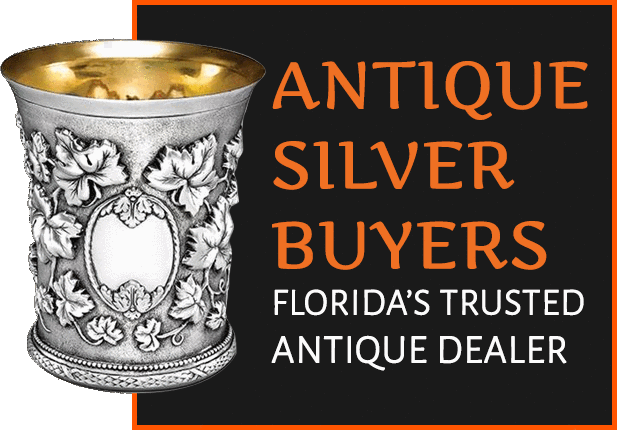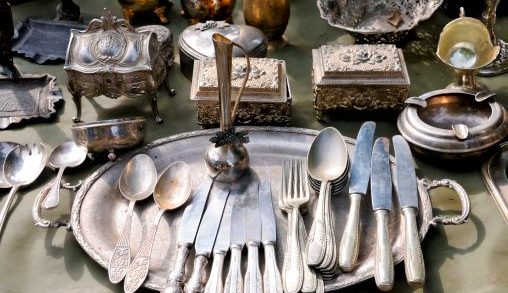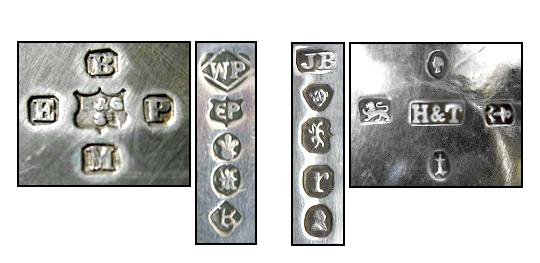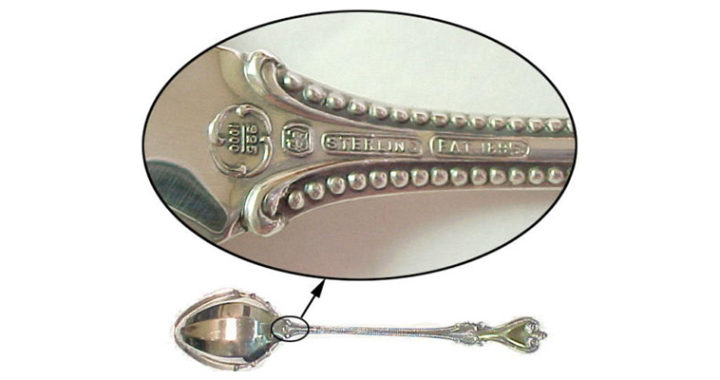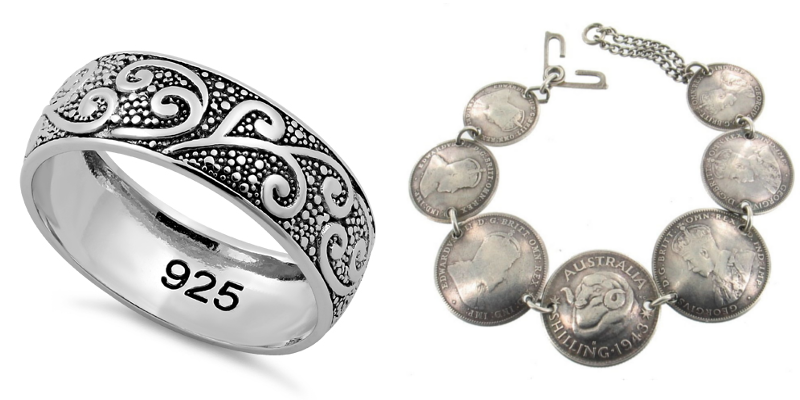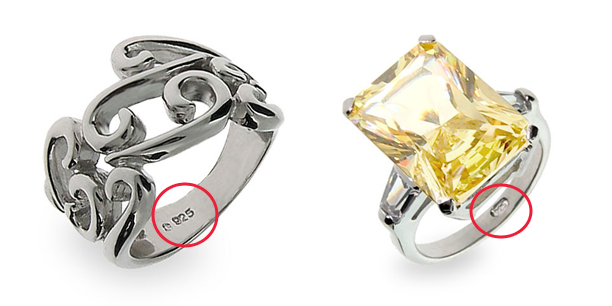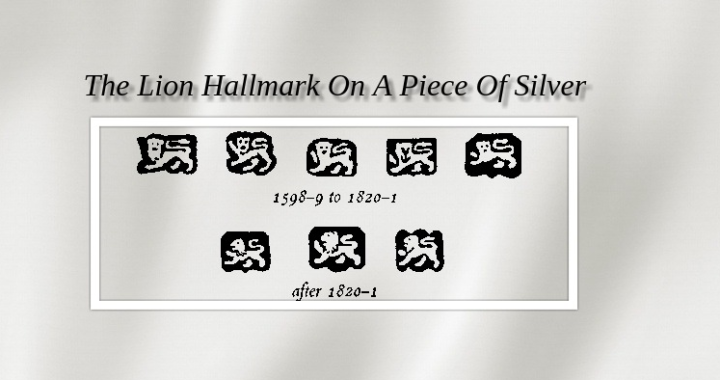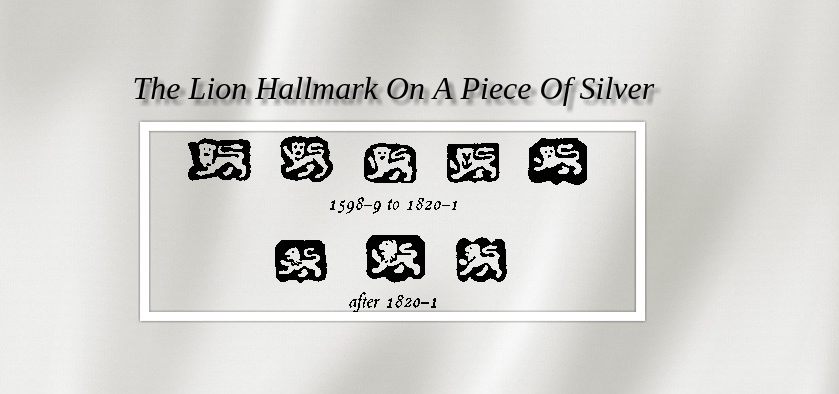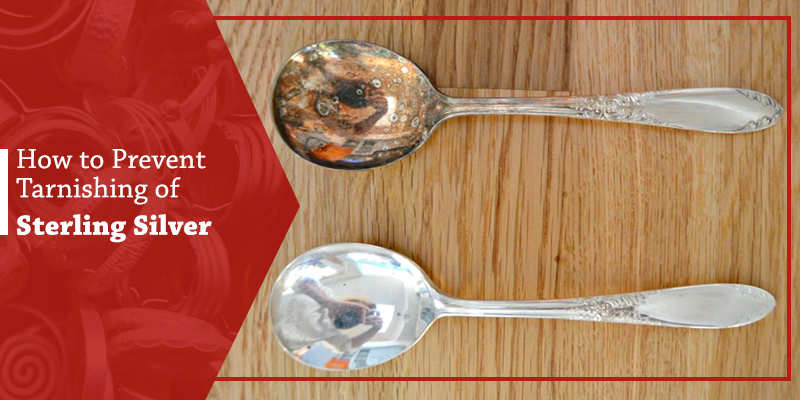Last time, we discussed the history and significance of antique silver tea sets. As I previously stated, and as we all know, antique things are exquisitely constructed and designed by skilled artisans. These intricate pieces are the great inspiration of historical artworks, which can never be matched with the modern world.
We’re talking about silverware, which is meticulously engraved to create stunning designs on the surface of silvery tea sets. Let’s take a look at some examples of silvery tea sets that may be purchased or sold.
What is the Best Place to Sell Sterling Silver Flatware for a nice profit?
Antique and modern sterling silver tea sets for sale or flatware’s can be found in a number of ways. For the modern shopper, online auction houses like ebay, Live auctioneers & many more which can be an excellent resource.
At eBay, you can find many trusted dealers who deal with every kind of antique, vintage, and estate sterling silverware. Additionally, you can expect a seamless selling experience and get the expected amount when selling sterling silver flatware online.
If you are looking for a dealer in your area or want to directly contact dealers online, there is also the Silver Queen website, which is the top-most dealer in Florida. Here, you can sell and also buy sterling silver items. I’ve always preferred visiting local antique shops and digging for secret treasures.
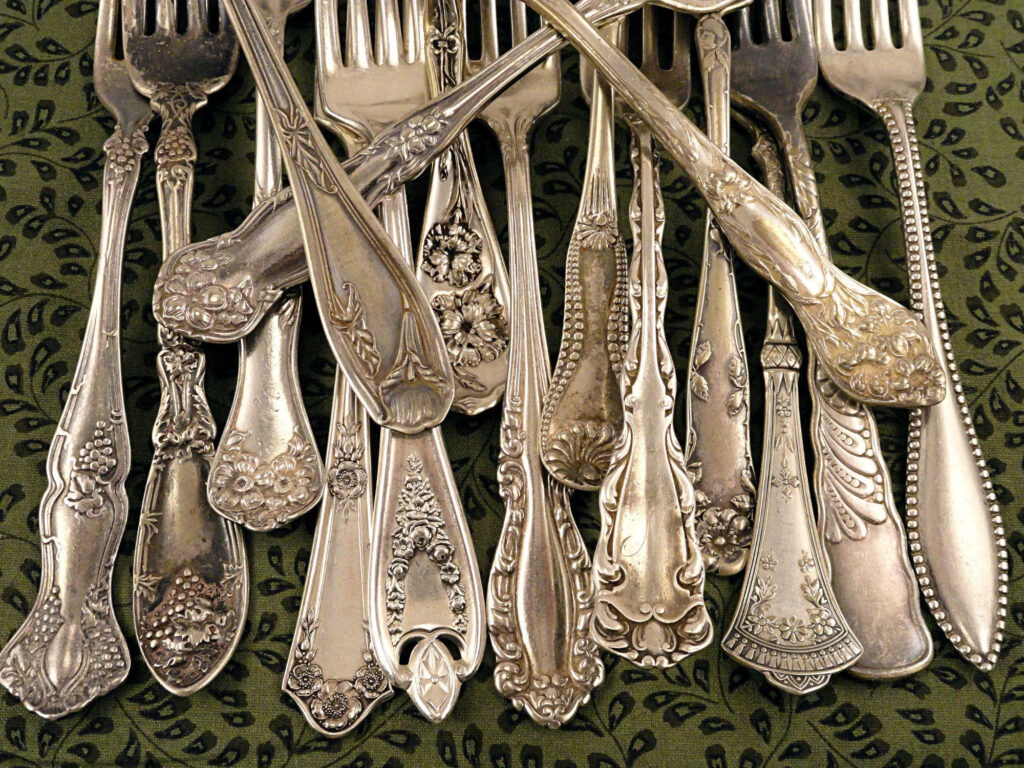
What is the current market value of selling or buying silverware?
I’m often asked by my friends, “What should I expect to pay for this or that?” or, “What is the current silver tea set value ?” These questions makes me smile a bit because there are countless things to consider -I’ve outlined some of them here – but I also understand my friends confusion and concerns.
The truth is, a silver tray can range anywhere from $35 to $80,000 & also the market value(shopping) of silver per ounce is $24.49. Apart from these, A silver buyer can readily pay $800 to $1,200 for a standard 32-piece sterling silver flatware set.
It really comes down to a few simple questions: Are you looking for something highly collectible or just something you would enjoy having in your home? And the other question is, how much are you willing to spend? There is really no difficulty in finding these answers if you have proper knowledge of market value of silver and gold items.
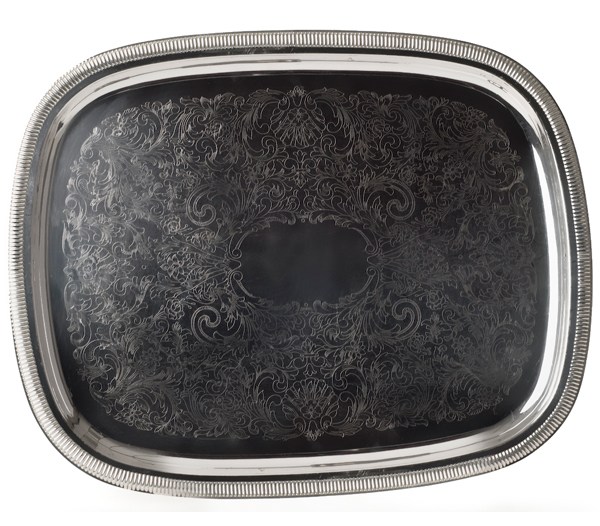
Learn about one of the most beautiful historical silverware set- Salver Tray
An Etruscan black pottery tray(Salver tray) from the 7th or 6th century B.C.E. is the earliest example of a tray that we have been able to date (Pre-Roman times). The Etruscan tray may not be the oldest in existence, but it does imply that the existence of a tray is centuries old, having existed millennia before becoming widespread in aristocratic and rich crafting..
Many different styles of design and decoration have emerged over the years, from the simple salver and the handled tray are lined with beautifully crafted brims are the simplicity of the modern era. If you have one and want to sell it, you can easily contact us and get profitable amount also appraisal of the items.
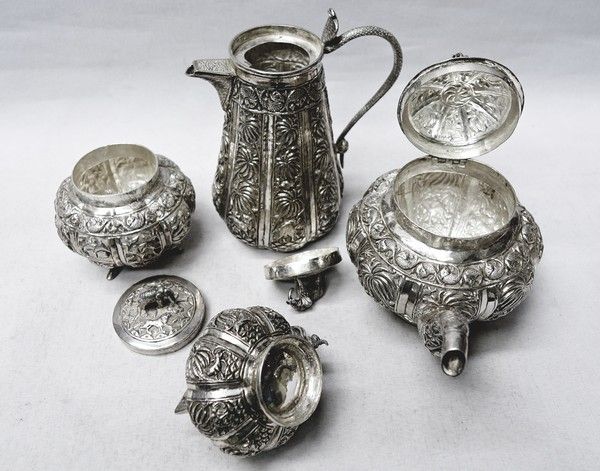
Sell Your Silver Flatware Set to the Trusted Buyers Near You
There are many expert antique dealers in your area who will be more than happy to take the time to walk you through what they have in their collection and, hopefully, have some very interesting stories to tell you about it’s history, condition & worth.
